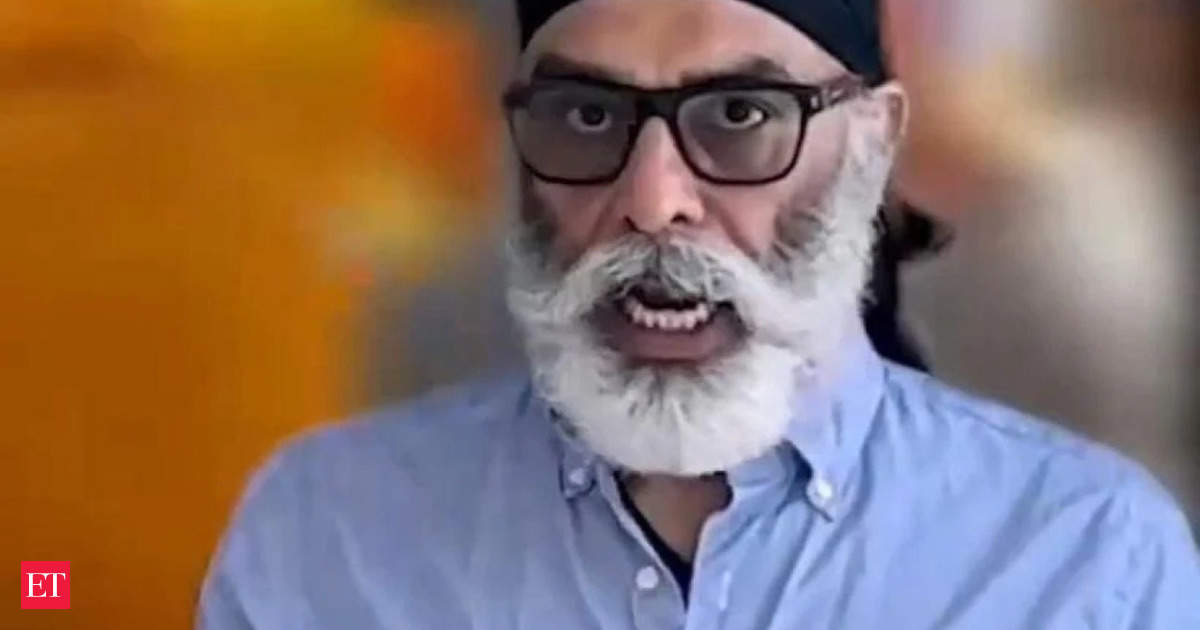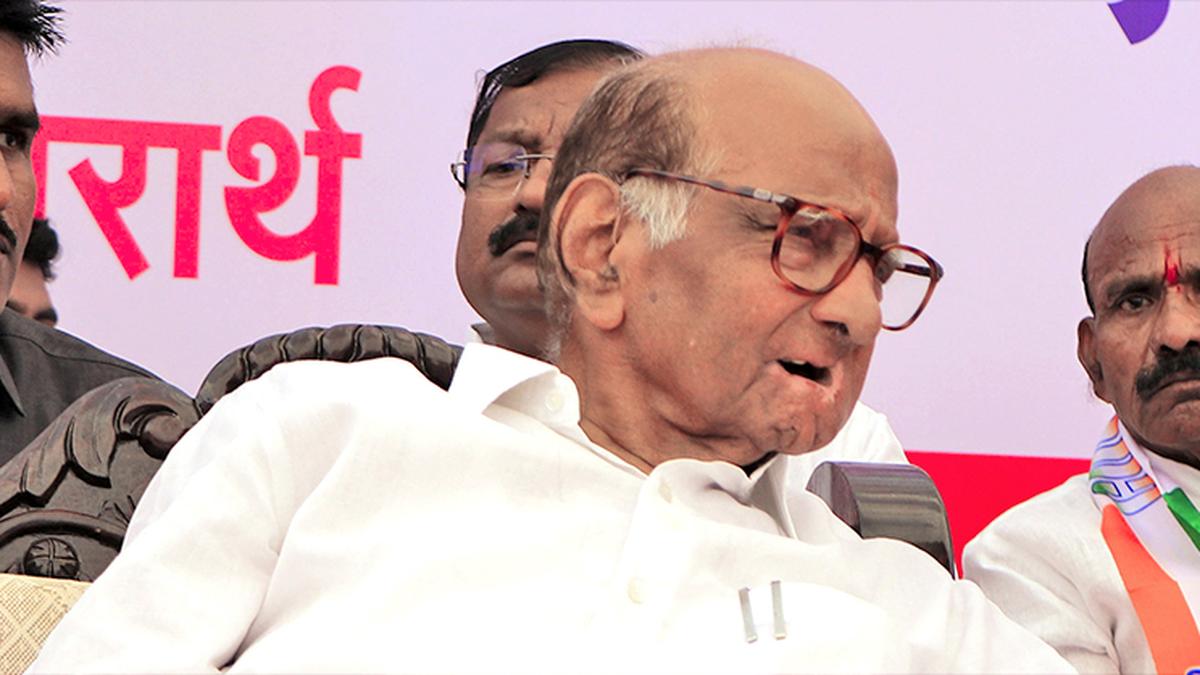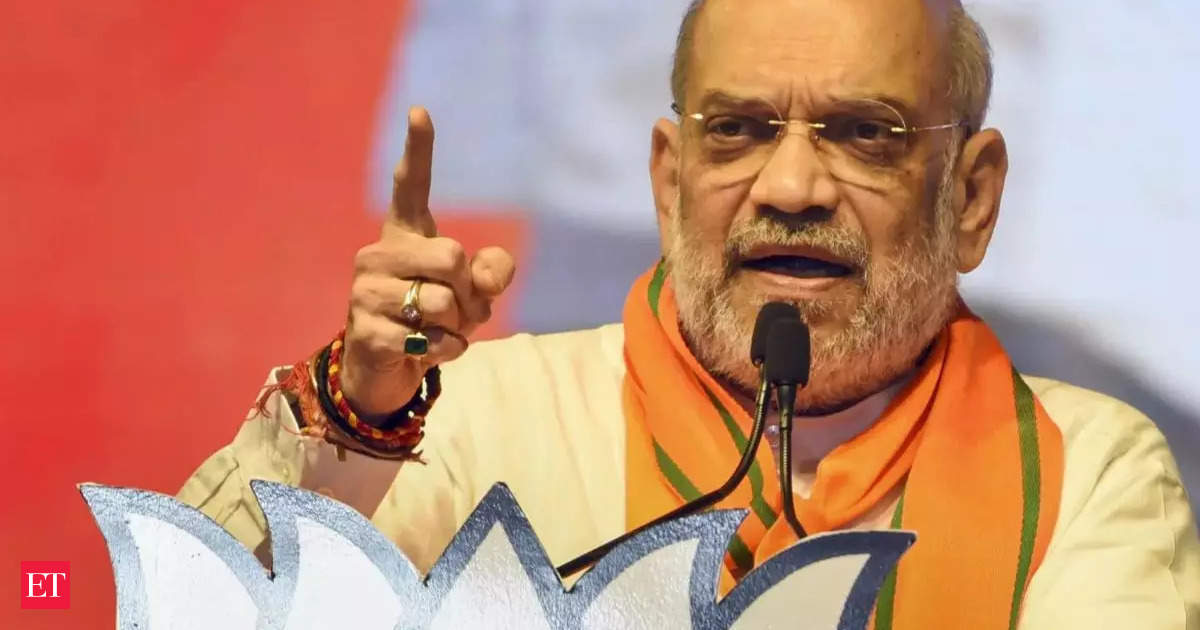In the ongoing legal saga, all eyes are on Nikhil Gupta, a 52-year-old Indian citizen entangled in an alleged plot to eliminate Sikh separatist Gurpatwant Singh Pannun. A federal judge in New York has recently taken a significant stride to ensure transparency in the evolving legal proceedings. The legal proceedings kicked off on January 4, 2024, when Gupta’s legal team submitted a motion, urging the court to compel the release of discovery materials.
Responding promptly, US District Judge Victor Marrero, through a directive issued on January 8, instructed the government to provide a response to the motion within a concise three-day timeframe.
Judge Marrero stressed the critical need for a swift reply, stating, “In the Motion to Compel, defense counsel seeks discovery material from the Government. The Court hereby directs the government to file a reply to the Motion to Compel within three days of the date of this order.”
Gupta now grapples with charges put forth by US federal prosecutors, who accuse him of playing a pivotal role in orchestrating a murder-for-hire plot and participating in a conspiracy to commit murder-for-hire. Matthew G. Olsen, the United States Attorney for the Southern District of New York, underscores the gravity of the situation, emphasizing that if proven, these charges could lead to Gupta facing a maximum sentence of 10 years behind bars.
According to the prosecution’s narrative, Gupta is alleged to have collaborated with an individual linked to the Indian government to execute an unsuccessful plan to assassinate Gurpatwant Singh Pannun, a Sikh separatist with dual citizenship in both the US and Canada. The sequence of events reached its peak with Gupta’s apprehension by Czech authorities on June 30, 2023, facilitated by the bilateral extradition treaty between the United States and the Czech Republic.
Pannun was not named in the indictment but the chargesheet said Gupta, 52, was directed by an Indian government official whom it referred to only as ‘CC-1’. It said Gupta, who is an Indian national, “is an associate of CC-1, and has described his involvement in international narcotics and weapons trafficking in his communications with CC-1 and others”.
“CC-1 is an Indian government agency employee who has described himself as a ‘senior field officer’ with responsibilities in ‘security management’ and ‘intelligence’, and who also has referenced previously serving in India’s Central Reserve Police Force and receiving ‘officer training’ in ‘battle craft and weapons’,” the indictment said.
The recent directive from the federal judge, demanding transparency and the release of discovery materials, injects an additional layer of intrigue into this legal narrative. As the case unfolds, it raises questions about the intricacies of the alleged murder conspiracy and the collaborative efforts supposedly involving an Indian government official. The legal proceedings promise to unravel the events leading to Gupta’s arrest and the potential ramifications he might face if the charges against him are substantiated.
The chargesheet, while not directly naming Pannun, implicates Gupta as being directed by an Indian government official referred to as ‘CC-1.’ Described as a ‘senior field officer’ with responsibilities in ‘security management’ and ‘intelligence,’ CC-1 is linked to India’s Central Reserve Police Force, having received ‘officer training’ in ‘battle craft and weapons.’ The indictment suggests that CC-1 orchestrated the assassination plot from India.











